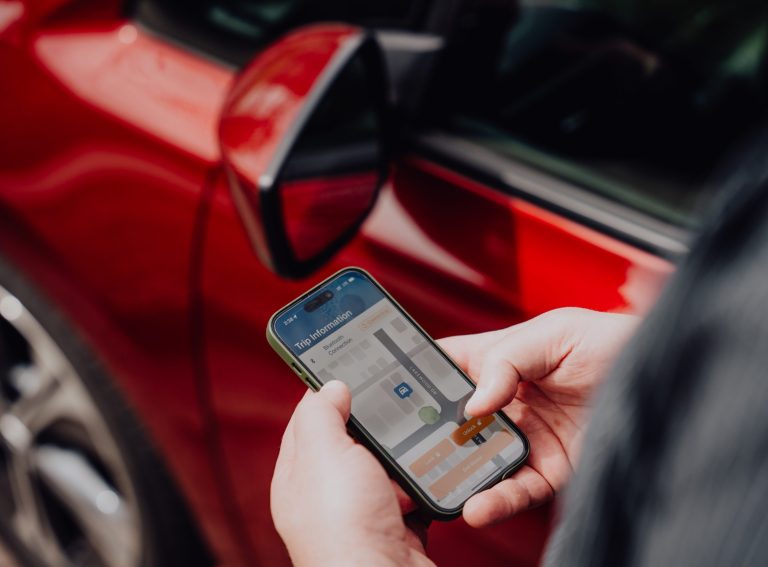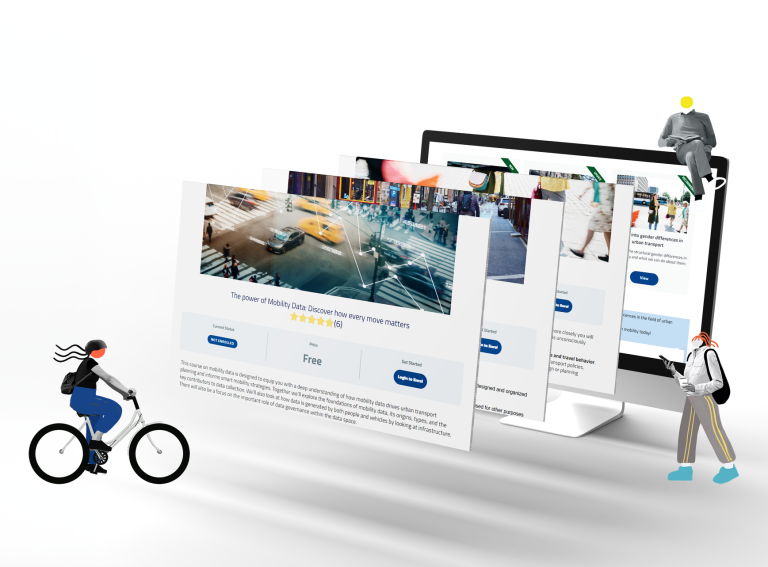Cycling data-technology company See.Sense has exclusively unveiled its new Rider Score tool to Zag Daily, ahead of the official launch at Velo-city today.
This tool uses data on swerving and braking to create an overall safety score for riders to give insights into cyclist behaviour and road conditions.
Cyclist behaviour is tracked using See.Sense’s ‘SUMMIT-2’ device that can be installed onto e-bikes, pedal bikes and e-scooters by fitting under the seat or attaching to a bottle cage.
“Essentially it is connected car telemetry without any installation hassle or tech retrofit,” See.Sense Co-Founder Irene McAleese exclusively told Zag Daily.
Rider score is an individual measurement but See.Sense can aggregate all of this braking and swerving data to identify patterns of cycling in cities. For instance, if extreme braking is regularly detected at one particular place in a city then See.Sense can present this to policymakers so they can prioritise this hotspot area with intervention.
“Rider score gives never before seen information on how a rider is behaving in the environment,” said McAleese. “This enables training where an individual could benefit from it, or where there are consistent events with different riders at the same location which means safety interventions can be identified.”
See.Sense anticipates that this feature will be useful for B2B micromobility fleet operators such as cargo bike services and food delivery, who could see how “rough” their riders are riding. A rough rider would get a different score to somebody who uses the vehicle in a more controlled manner.
Featuring See.Sense’s patented technology and its own cellular connection, SUMMIT-2 sends data to the cloud via ultra-low-power 4G which requires no intervention from the user. It also includes intelligent power management, edge processing and AI which contributes to the device’s battery life of 3 to 12 months.
“Other trackers offer tracking for theft, but do not have our ease of installation, long battery life, or the ability to provide sensor data which has proven data use cases that help cities design and maintain cycling infrastructure or improve conditions for cycling.”
Transport for London is one authority that’s already using See.Sense data to understand the risks that cyclists face. The tech company also ran a 12-week initiative with Dott to identify hazardous spots in Madrid.
“There’s implications of rough riding on safety but also for maintenance of the vehicle,” Irene said. “If you’re always braking and swerving, long-term maintenance can be an issue especially when some hire-bikes are ridden for almost 24 hours a day.”
After launching at Velo-city today, See.Sense will exhibit SUMMIT-2 at MOVE 2024 this week.



